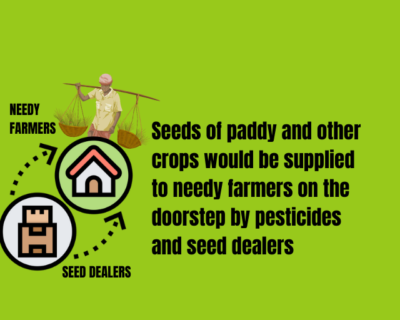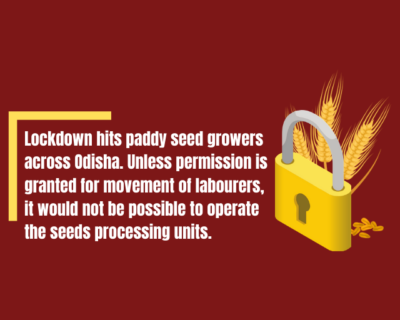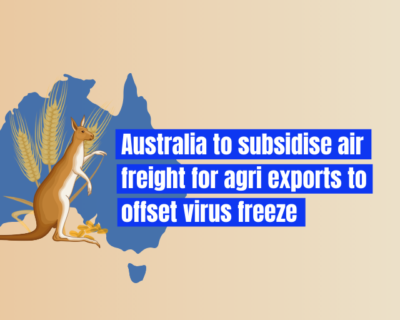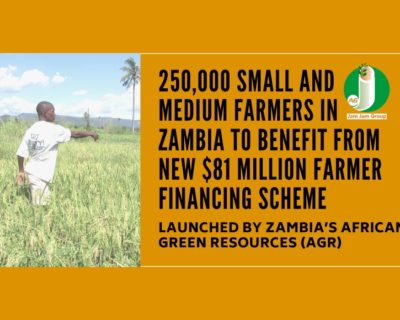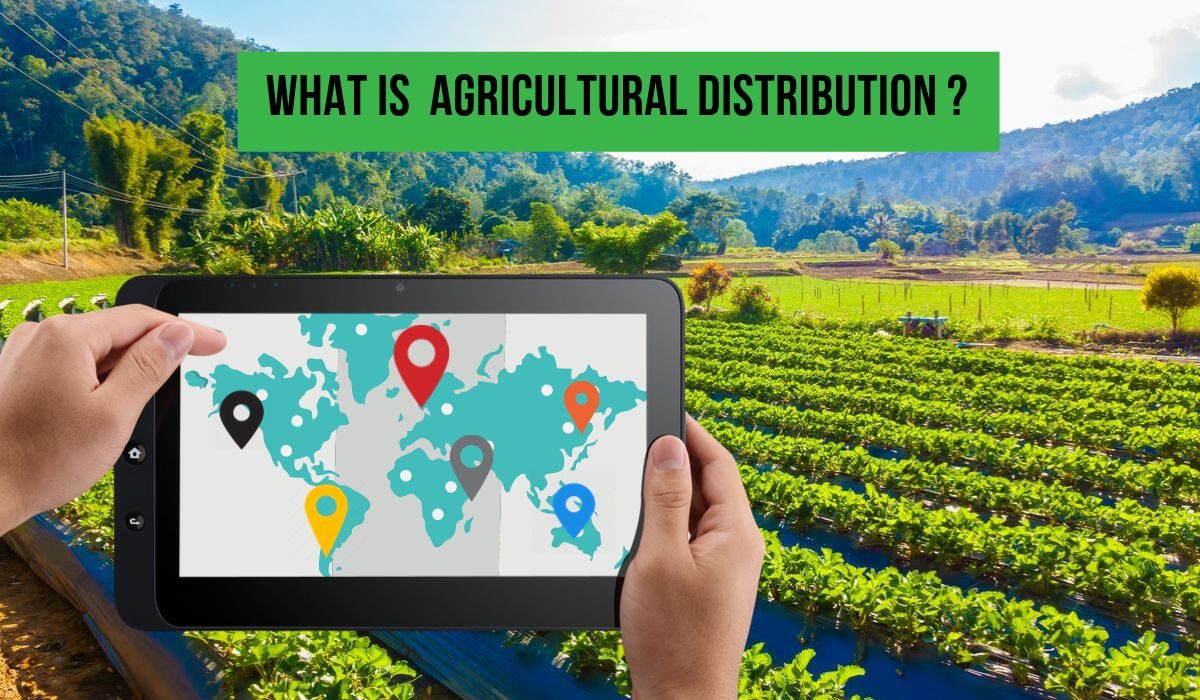
What is agricultural distribution?
Goods produced in factories and/or commodities in agriculture should reach customers. The systems by which they reach the customers are called distribution channels. These facilitate the sale and movement of products. Agricultural products are highly related to the food and ancillary industries. Agro products include a broad category of products related to agriculture. A wide range of products offers a wide range of opportunities globally. Broadly we can classify into 3 classes. One is resources like feed, seed, fertilizer, pesticides, machinery, etc. Another is processed commodities of food and fiber. And the third one is fresh food items like fruits, vegetables etc. More than half of India’s population depends on agriculture.
With increasing demands and rising investments, the cultivation sector is growing quicker within the coming years.
Economic benefits:
- Reduction of costs, e.g. fuel, machinery in operation prices and maintenance
- Higher potency for a lower input
- Better Preservation of stored commodities
- Fumigation & Pesticide Control
- Floods and Disaster Management
- Rodent Control
- Easy Vehicle Movement
- Safety and Information Signage
- Fire control systems
- 24×7 security services with CCTV coverage
The factors that have an effect on the distribution of agricultural systems are outlined below:
- Temperature: Most plants cannot grow if the temperature falls below 6°C or if the soil is frozen. As a consequence the land will be unsuitable for crop cultivation.
- The growing season: Different crops require different lengths of growing season. The shorter the required growing season the further that crop can be grown.
- Altitude: When temperatures are systematically high with adequate precipitation high yield crops are often fully grown. These have the additional advantage of manufacturing up to 3 crops a year.
- Rainfall: Seasonal variation is very important as crops need water at different times. Coffee for instance should have an amount of drought before and through harvest while maize would have the benefit of significant rain within the same amount. A farmer is thus searching for downfall dependability in order that he will choose the foremost acceptable crop for the world.
- Wind: Wind can have a destructive effect on crops. At its most severe a cyclone will physically destroy thousands of acres of farmland.
- Land tenure: The extent of their investment and success will depend on the market place and political systems.
- Market: For any industrial farm to succeed there should be demand. If the demand for a crop drops then profits can fall. That crop can then get replaced by an additional profitable one.
- Transport: If the good is perishable then again it should be grown close to the market place. The effects of transport are greatly reduced within the developed world due to innovations like cold Lorries.
- Capital: In the developed world there is a well-established system of supportive banks, private investors and government subsidies. This means that agriculture is probably going to be capital intensive and extremely mechanized. Cereal growing and dairy farming are good examples.
More than 60% of India’s population is dependent on agriculture. With increasing demands and rising investments, the cultivation sector is expected to grow more rapidly in the coming years.
Get engaged in the distribution of agricultural products such as agro products, vegetables, tender coconut, dry fruits, jute products, cereals, grains, seed, cashew nuts, coconut, beans, fresh fruits, etc.
JAM JAM enables you to connect with your customers with low investment requirements. Get started now!




